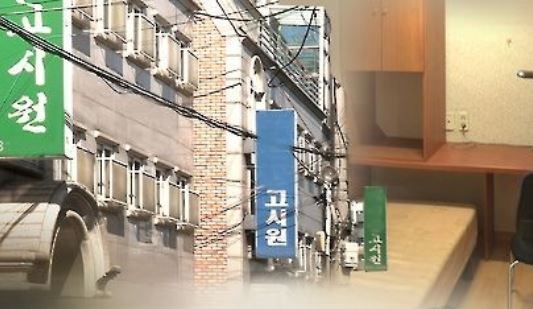Among Seoul’s lower-income bracket, those in their 20s and 30s residing in the southern part of Seoul paid the highest amount of monthly rent, while those aged 60 and over living downtown paid the least, data showed Wednesday.
 |
(Yonhap) |
According to an analysis submitted by Seoul Metropolitan Government to the parliamentary land, infrastructure and transport committee, the younger generation in Gangnam-gu, Seocho-gu, Songpa-gu and Gangdong-gu -- all located in the southeastern part of Seoul -- paid an average of 470,000 won ($417) in monthly rent.
This was almost double the 240,000 won paid by those in their 60s and above living in Jongno-gu, Jung-gu and Yongsan-gu, the three downtown districts in central Seoul.
Seoul City’s survey was conducted over a year, starting from August last year, on 9,506 monthly rent tenants, excluding those living in apartments. The sample group is considered to represent low-income residents.
Also, the local government divided Seoul’s 25 districts into five clusters and its population into three age groups to distinguish the dwelling conditions per geographic and demographic conditions.
“The 20-30 age group tends to live in relatively expensive studio apartments, while the 60 and above age group mostly live in detached houses,” said an official of the city government.
The density of the 20-30 group was the highest in the northwestern area encompassing Eunpyeong-gu, Seodaemun-gu and Mapo-gu, accounting for 60.59 percent of the respondents there. The number of those aged 60 and above was the highest in the downtown zone, with 19.89 percent.
“Expensive rents are weighing down upon the young generation, while the older generation also suffers from inadequate housing,” said Rep. Lee Won-wook of the ruling Democratic Party of Korea.
“The government should come up with a customized residential road map that caters to the demands of various geographic and demographic groups.”
By Bae Hyun-jung (
tellme@heraldcorp.com)




![[Weekender] Korea's traditional sauce culture gains global recognition](http://res.heraldm.com/phpwas/restmb_idxmake.php?idx=644&simg=/content/image/2024/11/21/20241121050153_0.jpg)



